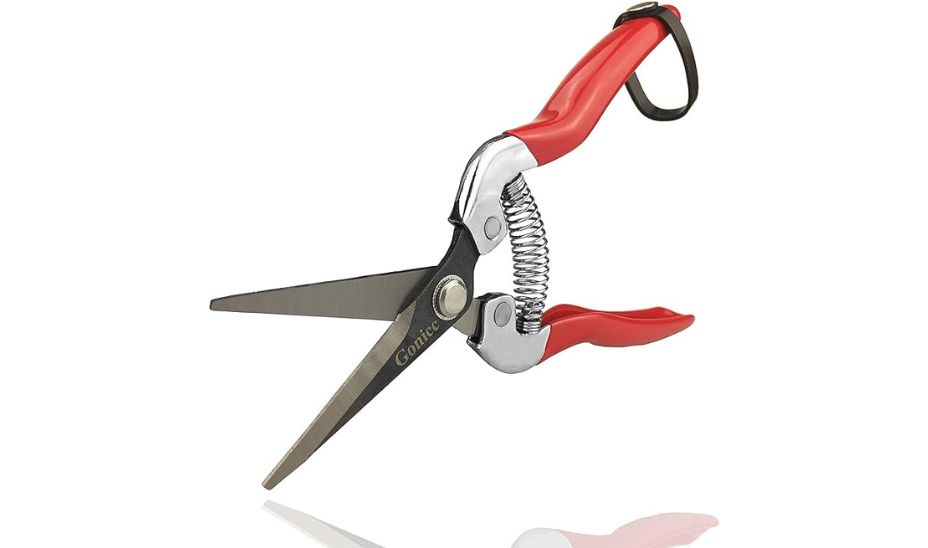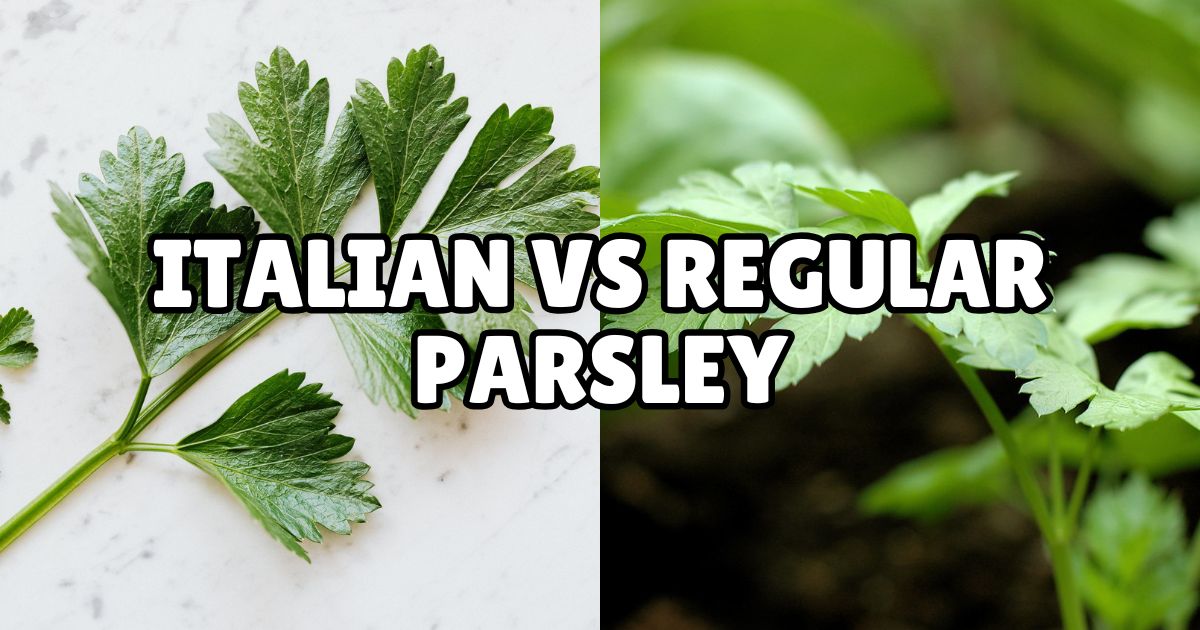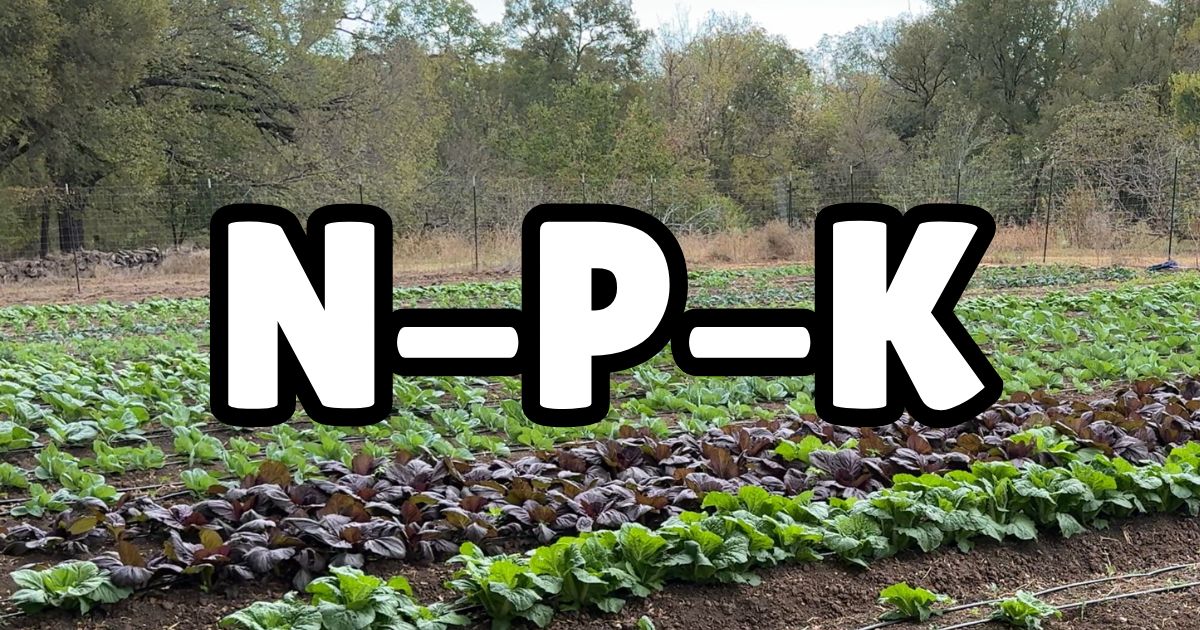The Art of Thinning: Boosting Plant Health and Yield
Thinning in gardening is the practice of removing some plants or seedlings from a dense group to give the remaining plants more space to grow. This process is essential for various reasons:
- Promotes Healthy Growth: By reducing overcrowding, the plants left behind have more access to sunlight, nutrients, and water, which promotes stronger and healthier growth.
- Improves Air Circulation: Thinning helps improve air circulation around the plants, reducing the risk of fungal diseases and pest infestations.
- Reduces Competition: Plants no longer have to compete as intensely for resources, leading to better overall yield and quality.
- Prevents Weaker Plants: Removing weaker or smaller seedlings ensures that the strongest plants have the best chance of thriving.
Thinning is particularly common in vegetable gardening, where plants like carrots, beets, and radishes are often sown closely together and then thinned to the desired spacing.
How to Thin Your Seedlings:
Thinning your seedlings is very easy if you follow these few steps:
- Check the Packaging: Determine when and how much to thin. The timing of thinning is crucial because you need to make sure the plants are strong enough to survive the thinning process but not too large to be damaged by it.
- Inspect Your Plants: Thinning provides a great opportunity to inspect your plants for any signs of disease or pests. Removing affected seedlings can help prevent the spread of problems to healthier plants.
- Use Pruning Snips: Grab your pruning snips and snip the seedlings you selected to thin at the soil line. This method minimizes disturbance to the remaining plants’ roots compared to pulling the seedlings when thinning.
- Thinning Lettuce: If you are thinning lettuce, then you can pull the whole seedling out, including the root, and transplant it into another container or hydroponic system.



